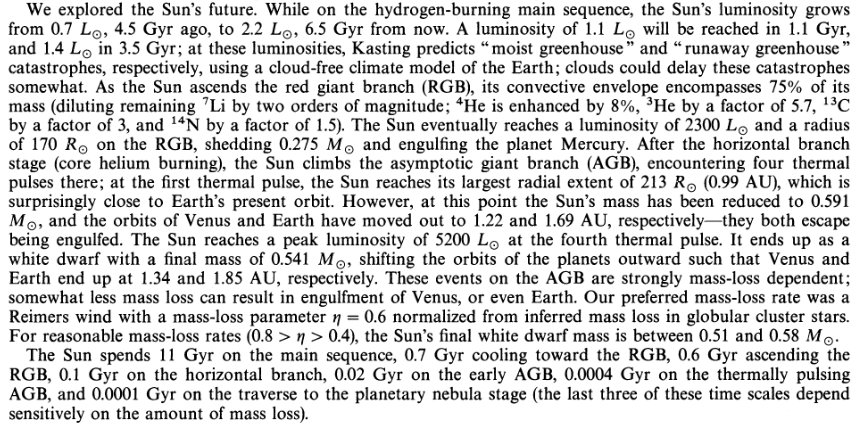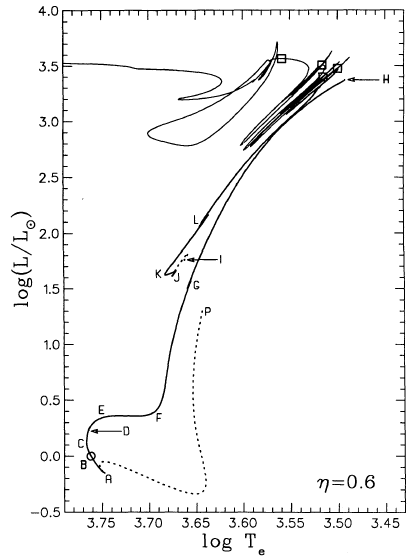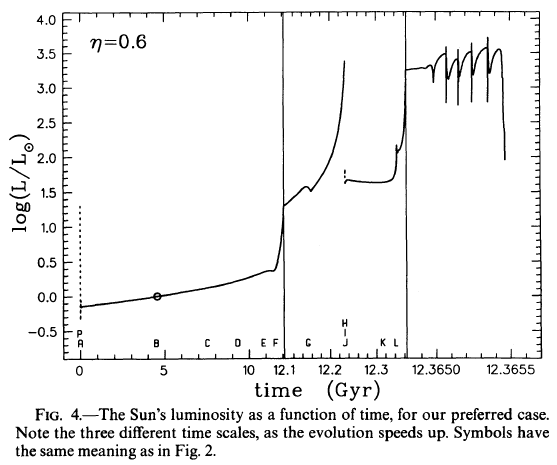Tau.Neutrino said:
Question 4 Where will be the best place in space to start building them?
Question 5 How big could an artificial planet be?
Question 6 How many artificial planets could be built/ will be needed?
Question 7 What sort of engine requirements be needed ion, nuclear, other?
Question 8 How fast can they be in space?
Question 9 If hiding behind a shield, moon or gas planet in not enough will moving the artificial planet into deep space beyond the solar system be enough?
Question 10 When do we need to start building them?
Question 11 Because we will need to know how long it will take to build one?
Question 12 What sort of engines to design and fit to them, and how big will they need to be etc
Question 13 How to create a long term company that can operate over billions of years and carry out each stage?
Question 14 How many fusion reactors will be required?
Question 15 How many nuclear reactors will be required for the ion engines?
Question 16 How many nuclear engines will be required?
Question 17 How many maintenance robots will be required?
Question 18 How to create a long term internet for each artificial planet and to connect each one?
Question 19 How to store all the worlds information and keep adding to it?
Question 20 How to structure long term telemetry for the artificial planets?
Question 21 Create Long term mapping into the future.
Question 22 Create long term asteroid and comet collision warning systems.
OK, let’s start with the power source for these artificial planets.
I’m going to limit the power source to all of the deuterium in the Earth’s oceans, used at 100% efficiency. This could be either an underestimate (much less than the power available from the more readily available hydrogen) or an overestimate (no guarantee that we can use all the worlds oceans of 100% efficiency) so let it stand.
I get 2*10^13 tonnes of deuterium as the power source.
Which gives E = 2*10^28 Joules of energy.
Now look at the Delta V. There’s no point in leaving from Mars because there’s not enough fuel on Mars. Fuel further out would be available, but there are problems with getting it back to where it can be used.
Delta V for Earth to Jupiter capture is 16 km/s
Delta V for Earth to Saturn capture is 17.1 km/s, not too different.
Delta V for out of the Solar System is 18.2 km/s.
Maximum total mass for all artificial planets combined (including mass of fuel) is then (give or take a factor of 2).
m = 2*E/V^2 =2*2*10^28 /(17*10^3)^2 = 2.3*10^21 kg = 2*10^18 tonnes
Is much greater than the 2*10^13 tonnes of fuel. Good.
If this was a single artificial planet made of solid rock, how big would it be?
It would be a sphere of diameter 1000 km.
:-)
Big enough for you?
I doesn’t have to be solid of course, or made of rock. So it could be bigger. It could even be made of water.
So deuterium fusion will do it. Get us to Jupiter orbit, Saturn orbit or out of the Solar System.
> Question 4 Where will be the best place in space to start building them?
Near Earth orbit is easiest, but it could be built in up to three different places – Near Earth orbit for fuel, near Moon orbit for bulk, or near Mars orbit if the Moon has got too hot. With extra fittings from the asteroid belt.
> Question 5 How big could an artificial planet be?
Up to 1000 km diameter if solid rock. Or bigger if hollow.
That’s the size of Ceres. Or we could even use Ceres as is.
> Question 6 How many artificial planets could be built/ will be needed?
Only one needed, but it wouldn’t hurt to have a fleet of much smaller ones as a well. For such purposes as fuel transport.
> Question 7 What sort of engine requirements be needed ion, nuclear, other?
I wouldn’t go for anything other than nuclear fusion. But as for which nuclear fusion, there are options such as D + D, D + T, H to He, Li to He etc. Ion drives can be made powered by nuclear fusion. Ion drives have the advantage of being gentle on living things. For a spacecraft this massive a straightforward pulsed combustion rocket would cut down the driving time. Remember that a car engine is just a pulsed combustion engine.
> Question 8 How fast can they be in space?
Fast enough. The above design is for 18.2 km/s, there’s no real need to go faster.
> Question 9 If hiding behind a shield, moon or gas planet in not enough will moving the artificial planet into deep space beyond the solar system be enough?
If living underground during the worst troubles, certainly. If living on the surface then I’d need to go back to questions 1, 2 and 3.
> Question 10 When do we need to start building them?
I’d start before the reverse cycle air conditioner keeping the Earth cool becomes insufficient. ie. before the exodus to the Moon and Mars. I haven’t calculated when that will be yet.
> Question 11 Because we will need to know how long it will take to build one?
Yah. I’ve got a comment here that you won’t like.
It would help a lot if we start the building after almost all of the Earth’s atmosphere has been artificially removed. One way to do that would be to fly a kite, and use the energy of the Earth’s rotation to fling Earth’s atmosphere off into space where it can be captured for recycling. The Earth slows to match, but not be enough to be a problem.
Once the atmosphere is removed, there are at least three ways to send supplies up into space – rail gun, elevator, and nuclear powered rocket.
To transport 2*10^18 tonnes of solid matter into space. Hmm. 500*10^6 tonnes per year is easily achievable. But that makes 4 billion years. We’d need to speed that up.
> Question 12 What sort of engines to design and fit to them, and how big will they need to be etc
We could go with lots of small engines eg. a million engines each putting out 200 megatons a day of fusion power would do. In other words each engine would be 20 trillion watts. I haven’t figured out how to make an engine capable of putting out more than 20 trillion watts continuously over many years.
That covers most of the later questions.
Internet, communications, business plan, collision warning and avoidance are easy questions to solve.
Maintenance is not such as easy question to answer.
I still haven’t answered your Question 1.
Another question I haven’t answered is this. How dense an atmosphere could such an artificial planet maintain on its surface? As dense as Titan’s?



